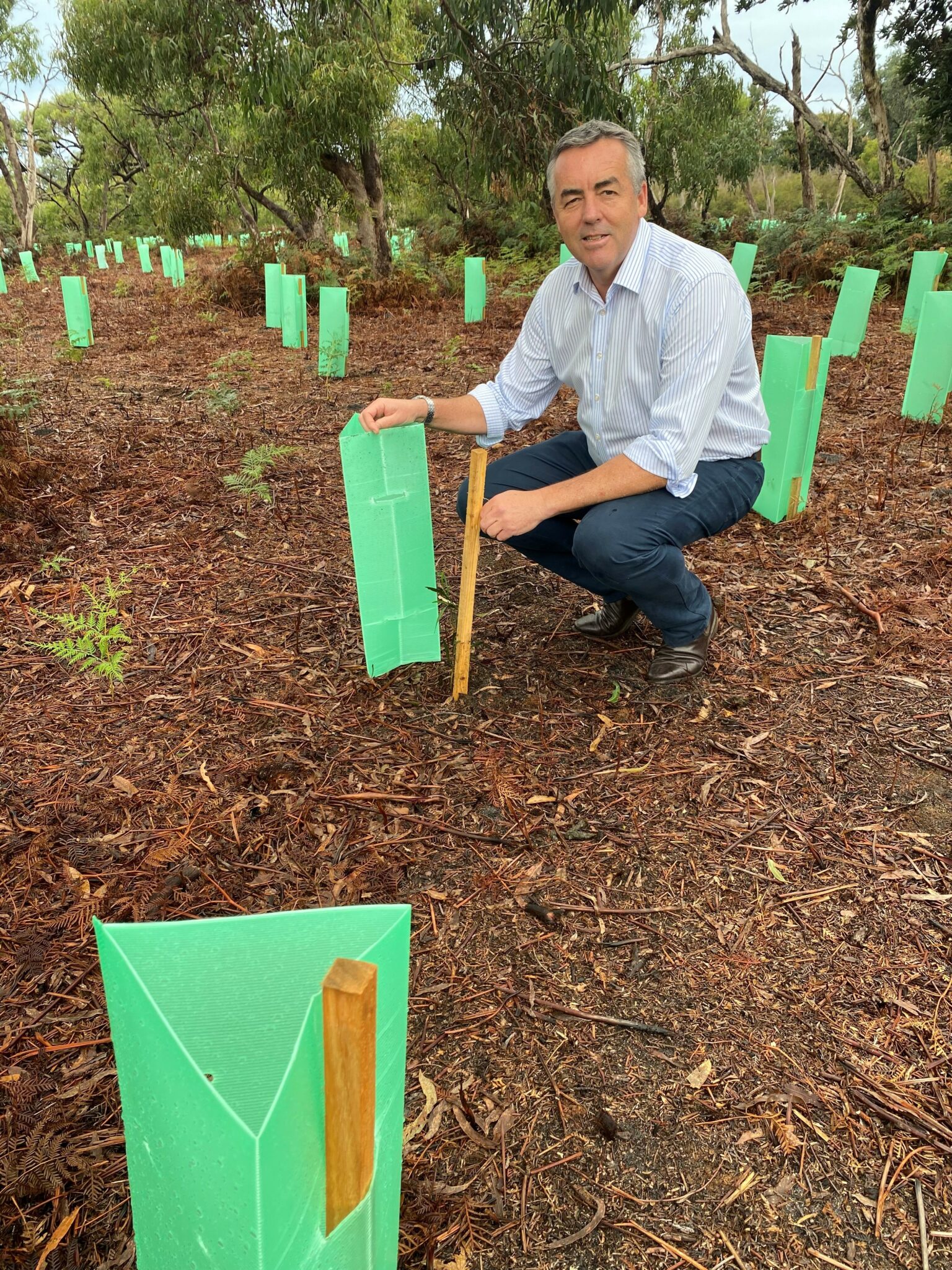The Federal Government’s ‘Threatened Species Action Plan’ towards zero extinctions will only work if it’s backed up by practical environmental action on the ground, according to Member for Gippsland Darren Chester.
Mr Chester has welcomed the inclusion of two Gippsland regions as high priority conservation areas but stressed the need for all levels of government to invest more money and resources on pest plant and animal control, fuel reduction burning, and waterway protection to improve biodiversity.
“We need more boots and less suits,” Mr Chester said.
“That’s more people working on the ground to control feral animals and weeds, undertake bushfire protection and prevention activities, and practical action to improve water quality in our lakes and rivers.
“Over the past 20 years in Gippsland there’s been a reduction in the workforce to undertake practical work and an explosion in the city-based bureaucrats writing reports. As the custodians of a vast public land estate, we need to be training a local workforce and providing more career opportunities in natural resource management in regional areas.
“Feral animals like cats and foxes are devastating our wildlife and if we want to protect the biodiversity of our beautiful region, we need more resources to manage all introduced species. Unfortunately the on-the-ground workforce across Gippsland is completely under resourced and under staffed after years of State Government cuts.”
Mr Chester said the Minister for the Environment and Water Tanya Plibersek had released a plan that proposed a pathway for threatened species conservation and recovery over the next 10 years.
“The emphasis needs to be on action to protect our plants, animals and ecosystems from extinction and that has to involve boots on the ground getting the work done,” he said.
“The Action Plan has ambitious targets, which include preventing any new extinctions of plants and animals, and protecting and conserving at least 30% of Australia’s land mass. Given it is state and local governments which actually manage most conservation areas, there needs to be a partnership approach with funding for staff contingent upon delivering outcomes on the ground in regional Australia.
“More support for Landcare and private land owners to manage environmental challenges would also make a huge difference.
“I welcome the inclusion of the Australian Alps and South East Coastal Ranges as areas for priority action but I’m surprised and disappointed the Gippsland Lakes and catchment was overlooked.
“Hopefully that doesn’t mean our region is starved of government resources for the work that is required to improve biodiversity and the health of rivers and lakes systems which were badly impacted by the Black Summer bushfires.”

